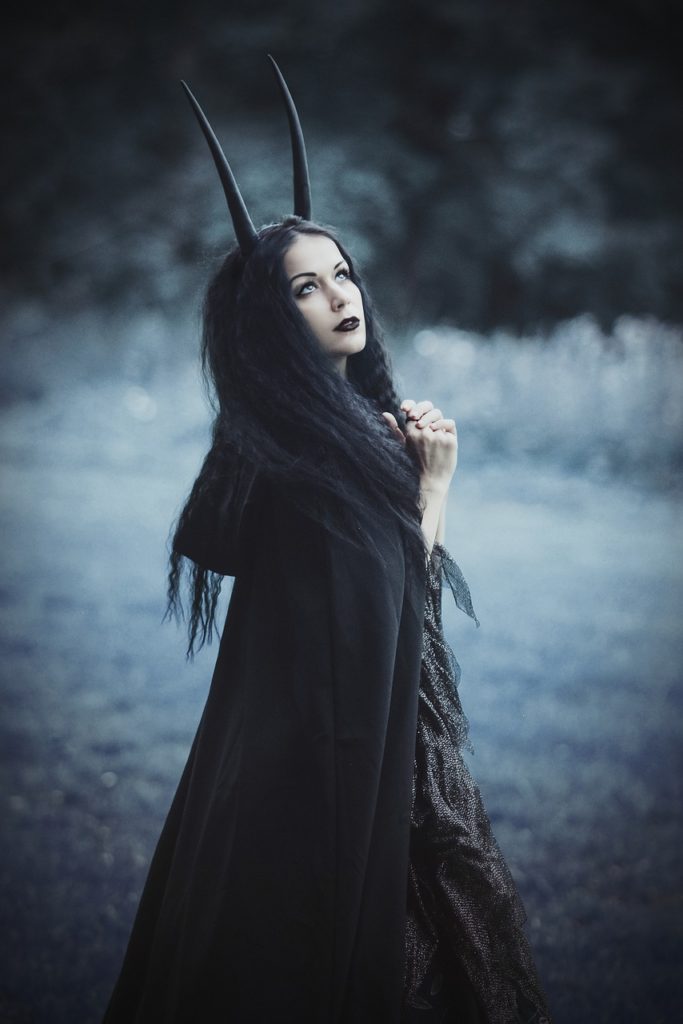March 29, 2021
What Is an Intended Audience?
I often refer to “intended audience” in my posts, somewhat assuming we all know what it is. And it’s partly true that most of us have a vague idea. But the proverbial devil is in the details, and in this case understanding what an intended audience is – and why you should care as a writer – can make a hell (no pun intended) of a difference.
Let’s start with the vague idea most of us have about this concept that every author should know about. So, what is the intended audience of a book?
It’s the kind of reader expected to read the book.
And so, we might say that the intended audience of romance fiction is not really upper-class professors of philosophy – though, you never know – but, say, lower-middle-class, middle-aged women.
All this is extremely generic – we haven’t reached the… devil yet – and very superficial. It mostly revolves around marketing considerations, in the sense that it offers an estimate on who is likely to buy a given book.
But the most intriguing aspects of establishing an intended audience have to do with artistic considerations instead, and they are much more complex. Crucially, they are also the most useful for a writer to know, and that’s precisely what I’ll share with you in this post.

What Is an Intended Audience: Marketing and Genre
We saw in the introduction how, in its most superficial iteration, establishing a clear, predictable audience for a given book is a marketing element. I mean, if your goal as an author or publisher is to sell a book, you want to make sure you present the book in a way that its audience can find it.
Genre is a major element of marketing, and if you haven’t read my post on determining the genre of your novel, you might want to do so. The analysis on art vs marketing is important also for the present post.
In a nutshell, having an intended audience in mind goes hand-in-hand with having a genre. To say, for example, “I’m writing a crime-fiction novel” means that you’re writing a novel containing tropes, characters, and other narrative elements one expects to find in crime fiction.
However, here’s an important detail, which is similar in establishing both genre and an intended audience: They’re not set in stone; they’re continuums.
Writing in a Genre and for an Intended Audience Are Continuums
On the one end of this continuum, you have a narrative with a plot that is hopelessly unoriginal, with characters that are heavily stereotyped, and which is overall virtually identical to any other narrative of the same genre.
Think of pulp romance fiction. Independent women who love to hate to love arrogant men, and all that.
On the other end of this continuum, we have narratives that diverge so much from their genre (and what the intended audience expects), that they can barely be recognized as parts of this genre. Needless to say, the intended audience would have hard time positioning the book within any genre.
Now, if you’re perceptive, you surely notice a certain paradox. Let’s call it the intended audience paradox.
What Is the Intended Audience Paradox, and why You Should Care
The thing is, the closer we are to the first end of the continuum (easily established genre and audience), the lower the literary quality of the book but the easier it is to market.
At the same time, the closer we are to something that evades categorization, the higher the potential for high literary quality – not the quality itself – but the harder it becomes to market the book.
This is somewhat paradoxical, but true. Why that is goes beyond the scope of this post, but feel free to find some ideas in my posts on degrowth for writers, whether art should be free, or the dangers of pleasing your audience.
Therefore, unless you’re 0% artist (not caring about quality, doing it only for the money) or 100% artist (not caring about your audience, doing it only for the art), you’ll likely want to find the sweet spot.
Here’s where the creative aspect of having an intended audience enters the picture.

When Establishing an Audience Becomes Part of the Art
This is the crucial part of the whole thing. Not only in terms of the art itself, but – believe it or not – to some extent also in marketing terms.
If you are like most writers, you would ideally like to both respect yourself and your art, yet also create a novel that would be appreciated. In other words, you would like to find the sweet spot we talked about earlier.
To do that, you must approach the concept of the intended audience as a literary attribute, rather than a marketing one.
In plain terms, think of the intended audience as the people reading your story, while writing it. This doesn’t mean to “give the audience what they want”, rather the opposite: Tell the audience what they should want. The key here is internal consistency – which is much easier to get if you’re working with concepts.
Want an even simpler way of defining the intended audience in terms of artistry? The intended audience of your novel is the people who should like your book.
Hierarchies and Priorities
The subtle but crucial difference between audience-as-marketing and audience-as-art lies in the hierarchy. When looking at creative aspects of intended audiences, you don’t shape your book according to people who would likely buy it. Instead, focus on what you like.
In a sense, the primary intended audience is you. You are your first reader, writing stuff you would like to read. You give yourself the tropes you would like to read, you give yourself the plot you think fits best.
Writers are first and foremost readers. In a way, this approach allows you to create your intended audience, rather than simply find a ready one.
An Intended Audience Is merely that: Intended
That is to say, sometimes books escape our control. Certainly creatively, and sometimes in terms of meaning. We begin one way, and then end up with something else.
The closer you try to emulate “what readers like” for your given genre, the more likely you are to find an audience. Sadly, you’re also more likely to create a lackluster story, one you don’t even like yourself.
On the other end of the continuum, we have highly experimental fiction, that doesn’t quite fit in anyone’s mind except – maybe – its author’s. You likely don’t aim for that, either.
Finding the sweet spot is a matter of priorities, in the end. Start by writing what you want to read, as few things are more frustrating than disliking your work.
I don't show you ads, newsletter pop-ups, or buttons for disgusting social media; everything is offered for free. Wanna help support a human internet?
(If you'd like to see what exactly you're supporting, read my creative manifesto).
